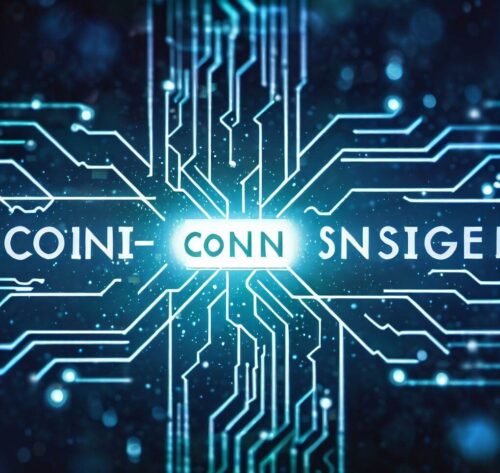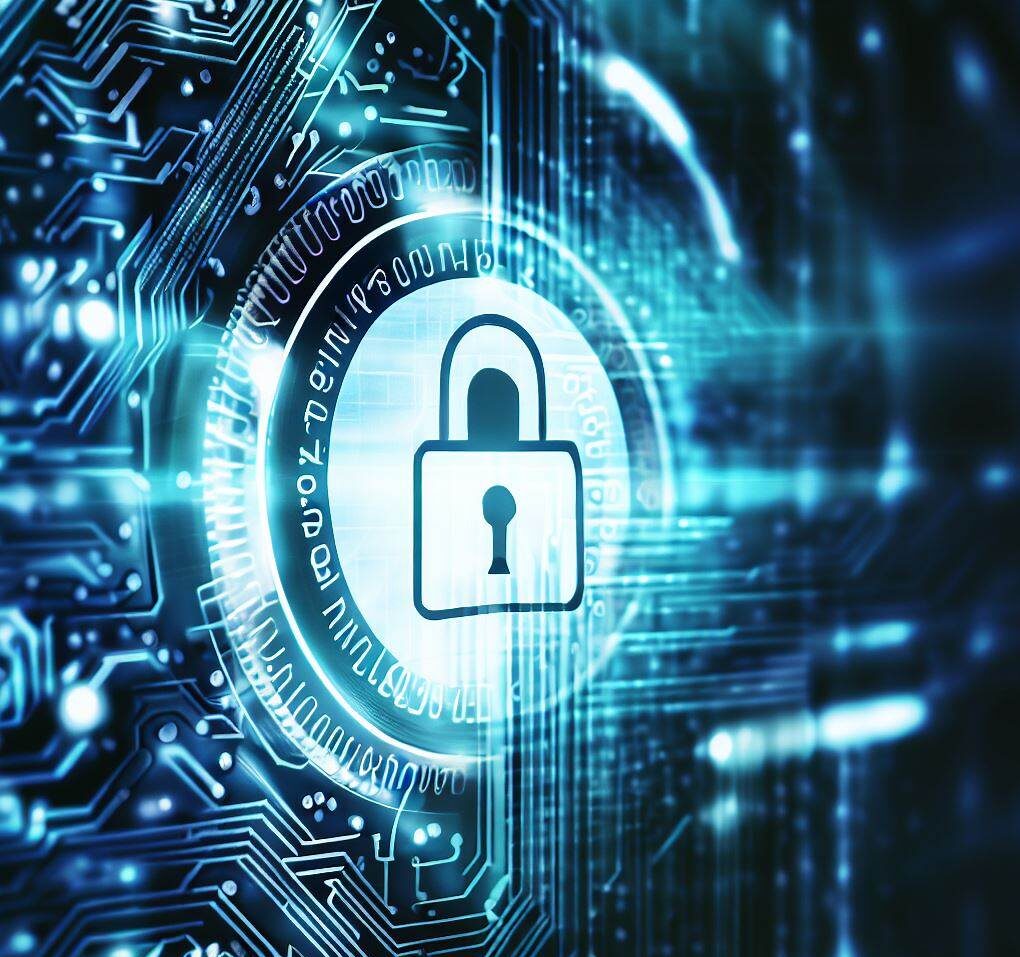In today’s digital age, where almost every aspect of our lives is interconnected through the internet, the threat of cyberattacks looms larger than ever before. Cybercrime has become a pervasive and growing problem, affecting individuals, businesses, and organizations of all sizes.

To safeguard your personal information, financial assets, and online identity, it’s crucial to take proactive steps to protect yourself from cyberattacks. In this comprehensive guide, we will explore various strategies and best practices to help you defend against this ever-evolving threat landscape.
Understanding the Cyber Threat Landscape

Before we dive into protective measures, it’s important to have a basic understanding of the types of cyber threats you may encounter:
- Malware: Malicious software like viruses, worms, Trojans, and ransomware can infiltrate your devices and steal, encrypt, or damage your data.
- Phishing: Cybercriminals use deceptive emails or websites to trick you into revealing sensitive information like passwords, credit card numbers, or Social Security numbers.
- Password Attacks: Brute force attacks, dictionary attacks, and credential stuffing are techniques used to crack weak or reused passwords.
- Social Engineering: Attackers manipulate individuals into revealing confidential information or performing actions that compromise security, often through impersonation or pretexting.
- Denial-of-Service (DoS) Attacks: These attacks flood a network or website with excessive traffic, making it unavailable to users.
- IoT Vulnerabilities: Internet of Things (IoT) devices can be exploited if not properly secured, potentially granting attackers access to your home or business network.
let’s explore how you can protect yourself.

- Stay Informed
One of the most effective ways to protect yourself from cyberattacks is to stay informed about the latest threats and security trends. Subscribe to reputable cybersecurity news sources, follow security experts on social media, and regularly check for software updates and security patches.
- Use Strong and Unique Passwords
Passwords are the first line of defense against cyberattacks. Create complex, unique passwords for each online account. Consider using a password manager to generate and store passwords securely. Enable multi-factor authentication (MFA) wherever possible to add an extra layer of security.
- Beware of Phishing Attempts
Be cautious when clicking on links or opening attachments in emails, especially if they’re from unknown sources. Verify the sender’s authenticity, scrutinize email addresses for suspicious variations, and look for signs of phishing like grammatical errors or urgent requests for personal information.
- Regularly Update Software and Devices
Outdated software and operating systems are prime targets for cyberattacks. Keep your devices, apps, and software up to date to patch security vulnerabilities. Enable automatic updates whenever possible.
- Install Antivirus and Anti-Malware Software
Install reputable antivirus and anti-malware software on your devices. These tools can detect and remove malicious software before it causes harm.
- Secure Your Wi-Fi Network
Protect your home Wi-Fi network with a strong password and encryption (WPA3 is the latest standard). Change default router login credentials, disable remote management, and regularly check for firmware updates from the router manufacturer.
- Practice Safe Browsing
Use secure and up-to-date web browsers. Avoid downloading files from untrustworthy websites, and be cautious with free software downloads. Ensure that websites you visit use HTTPS, indicating a secure connection.
- Backup Your Data
Regularly back up your important data to an external hard drive or a secure cloud storage service. This ensures that you can recover your data in case of a ransomware attack or hardware failure.
- Secure Your IoT Devices
Change default usernames and passwords on IoT devices, such as smart cameras and thermostats. Segment your network to isolate IoT devices from critical systems, preventing attackers from accessing sensitive information.
- Regularly Review Financial Statements
Keep a close eye on your bank and credit card statements. Report any unauthorized or suspicious transactions immediately. The sooner you catch fraud, the easier it is to resolve.
Conclusion

In an increasingly interconnected world, the importance of protecting yourself from cyberattacks cannot be overstated. Cybercriminals are becoming more sophisticated, making it crucial to stay informed and proactive in your cybersecurity efforts. By following the best practices outlined in this guide, you can significantly reduce your risk of falling victim to cyberattacks and safeguard your personal and financial information. Remember that cybersecurity is an ongoing process, and vigilance is your best defense in the digital age. Stay safe, stay informed, and stay secure online




Leave a Reply